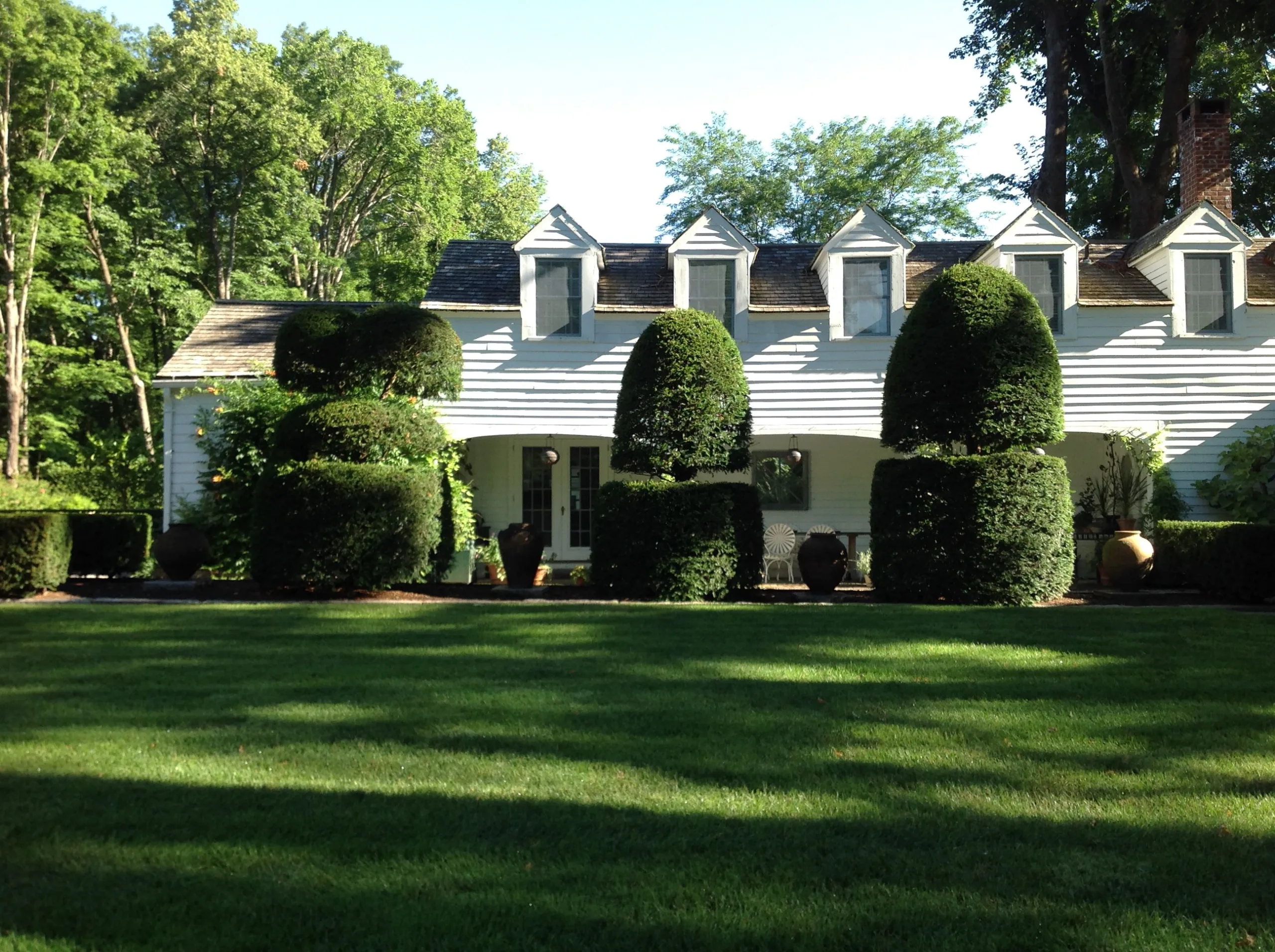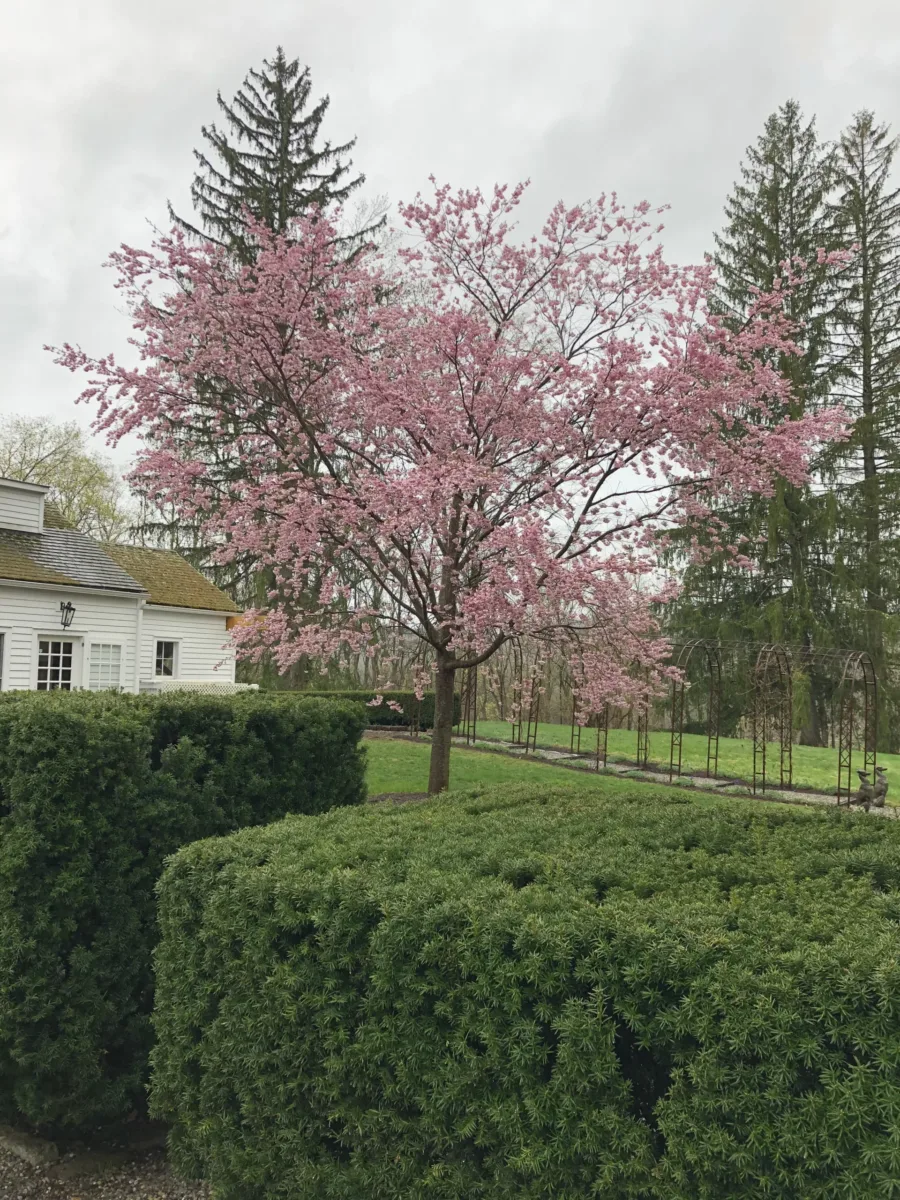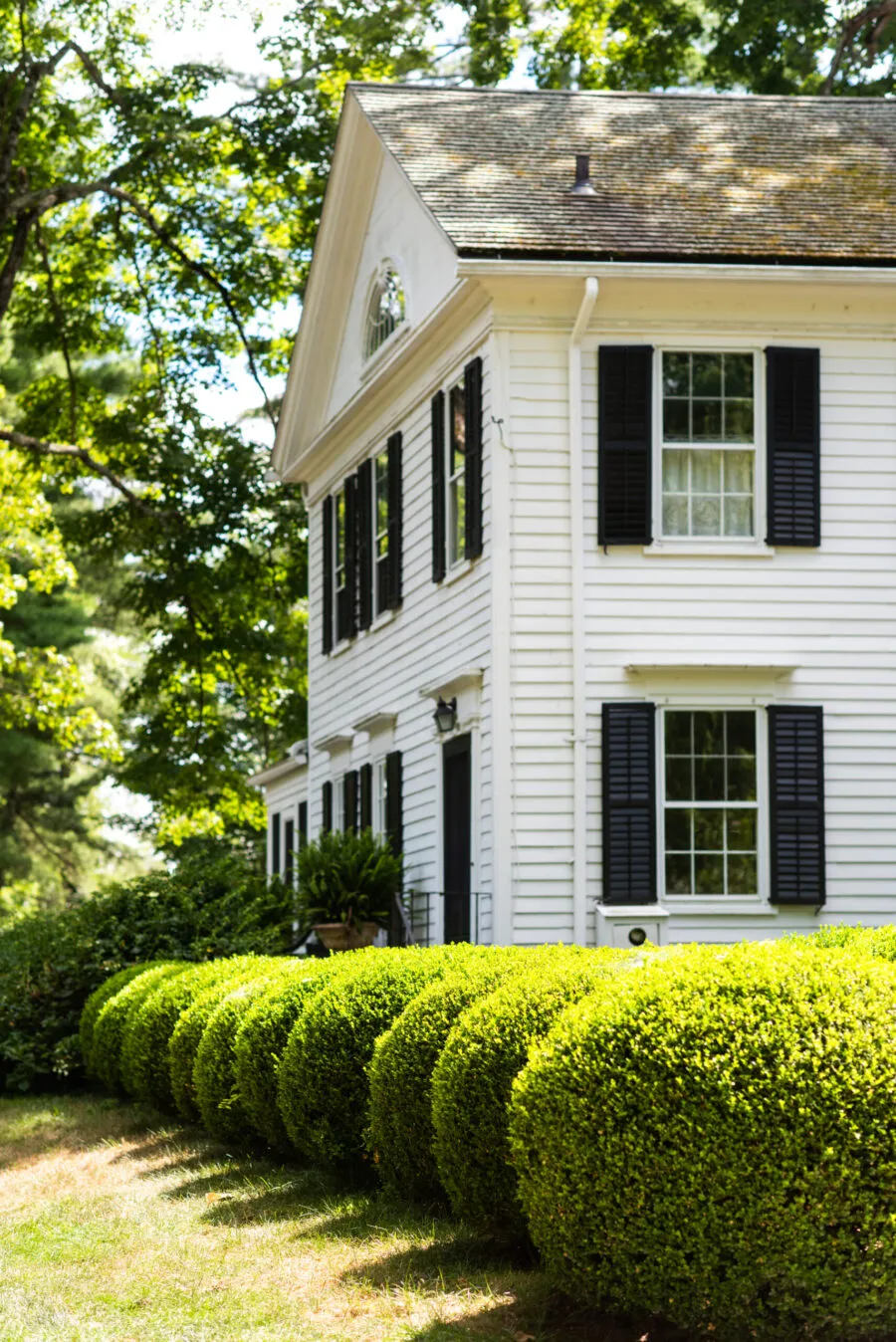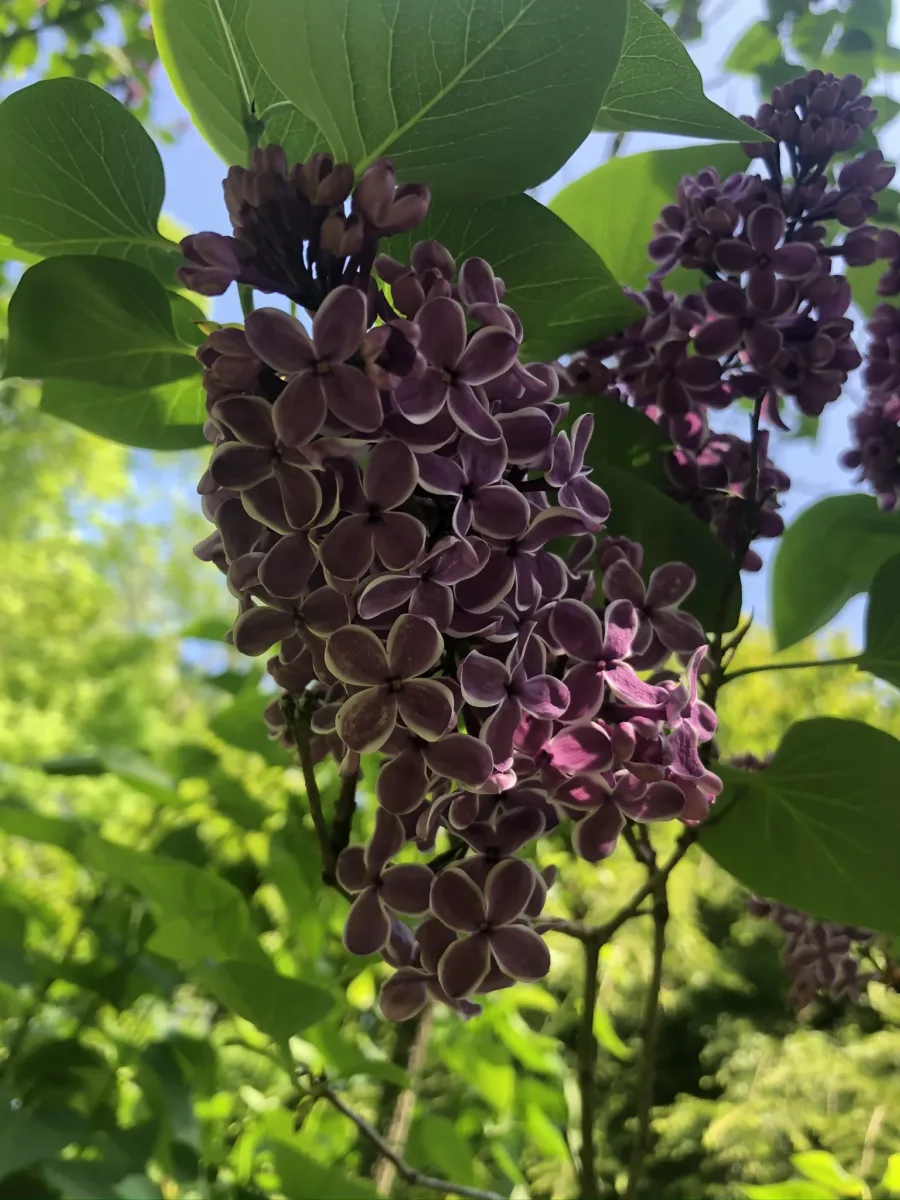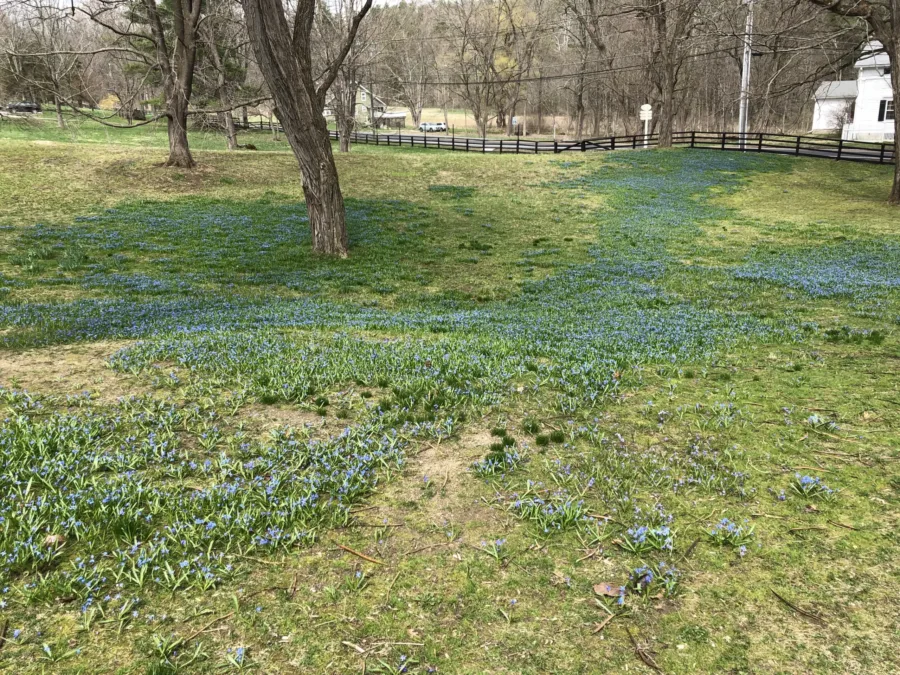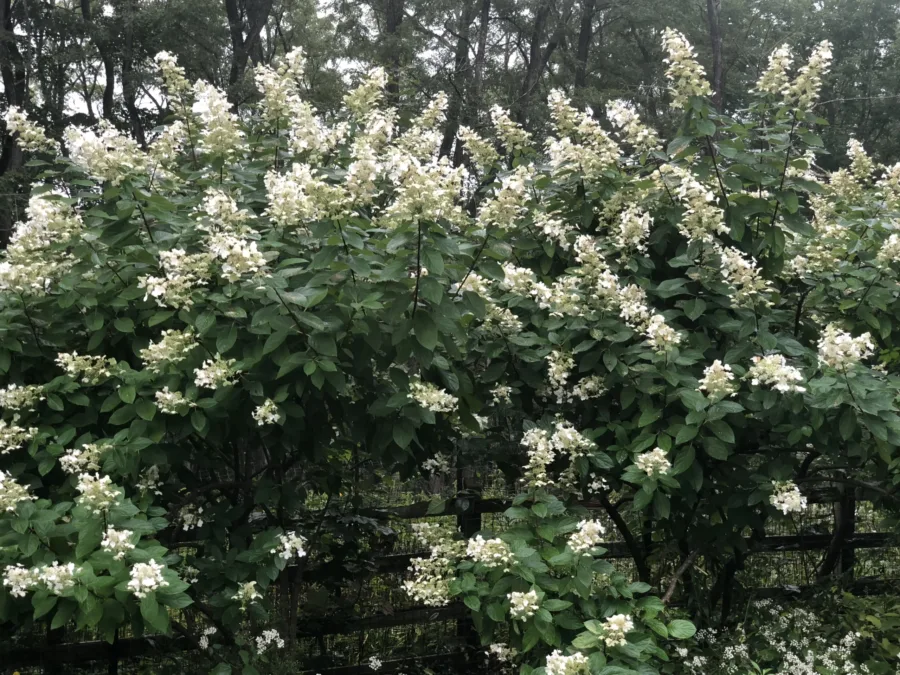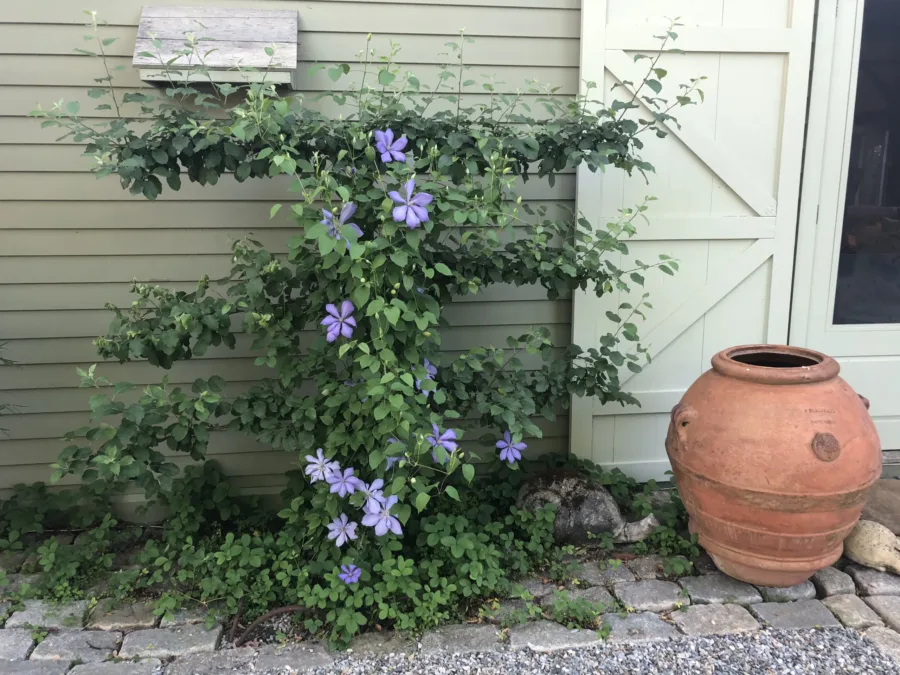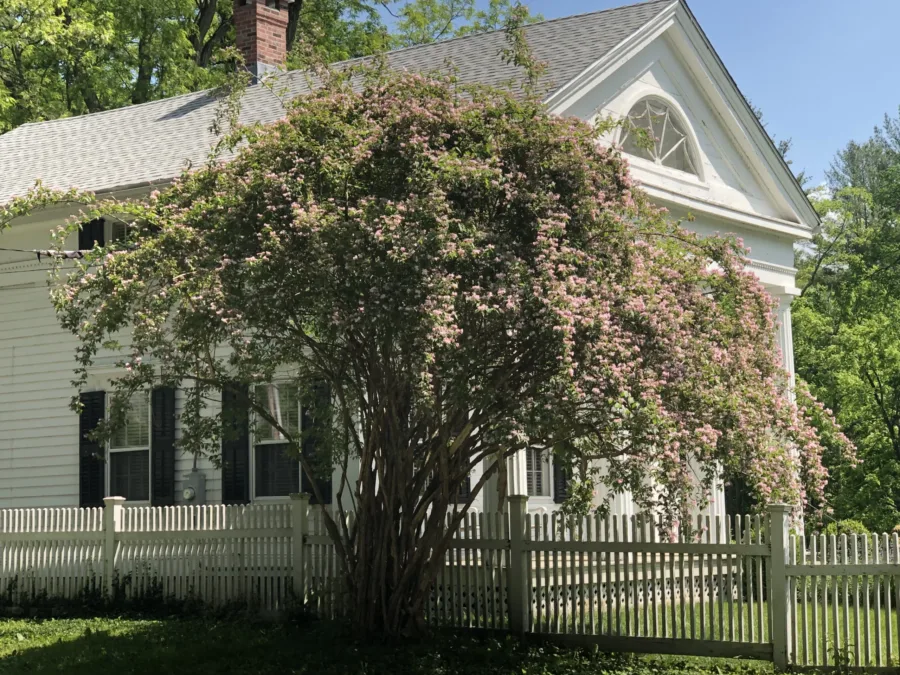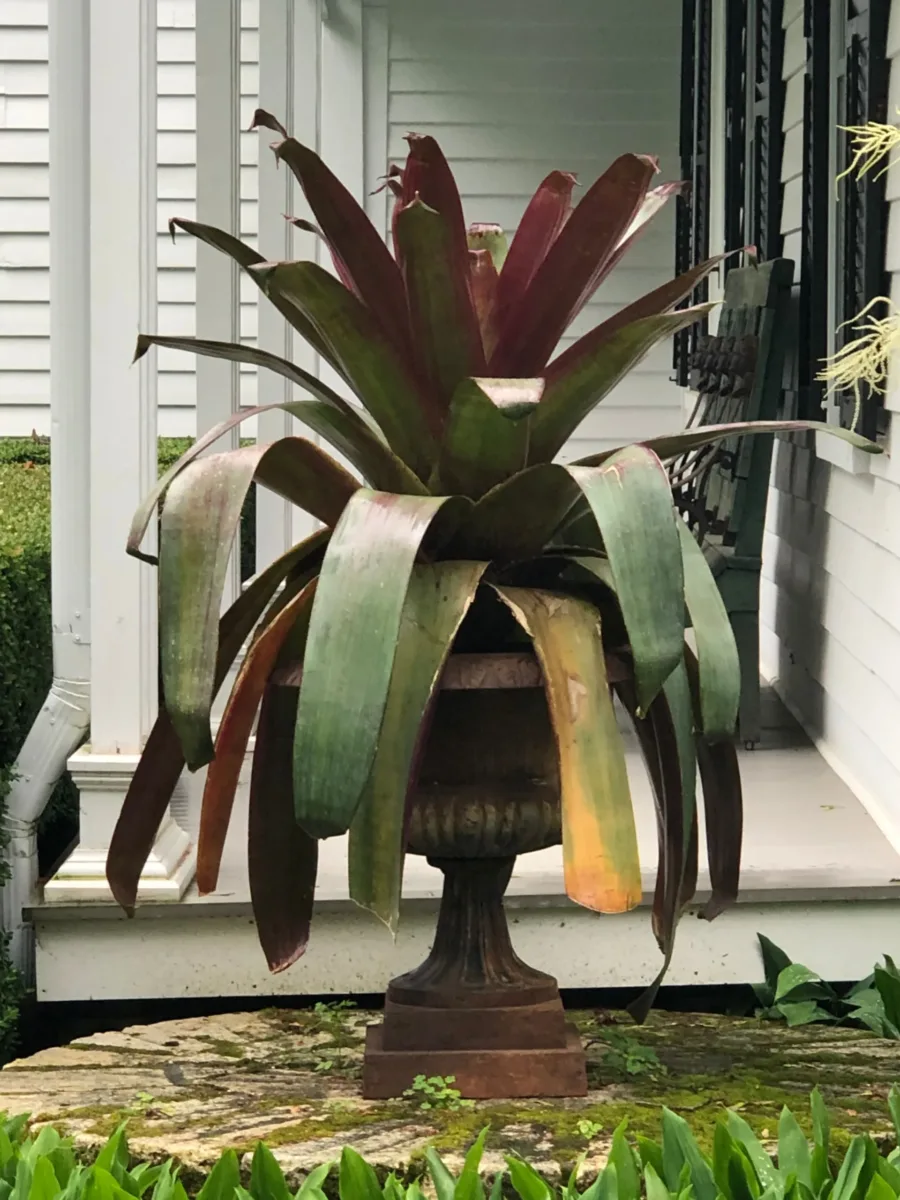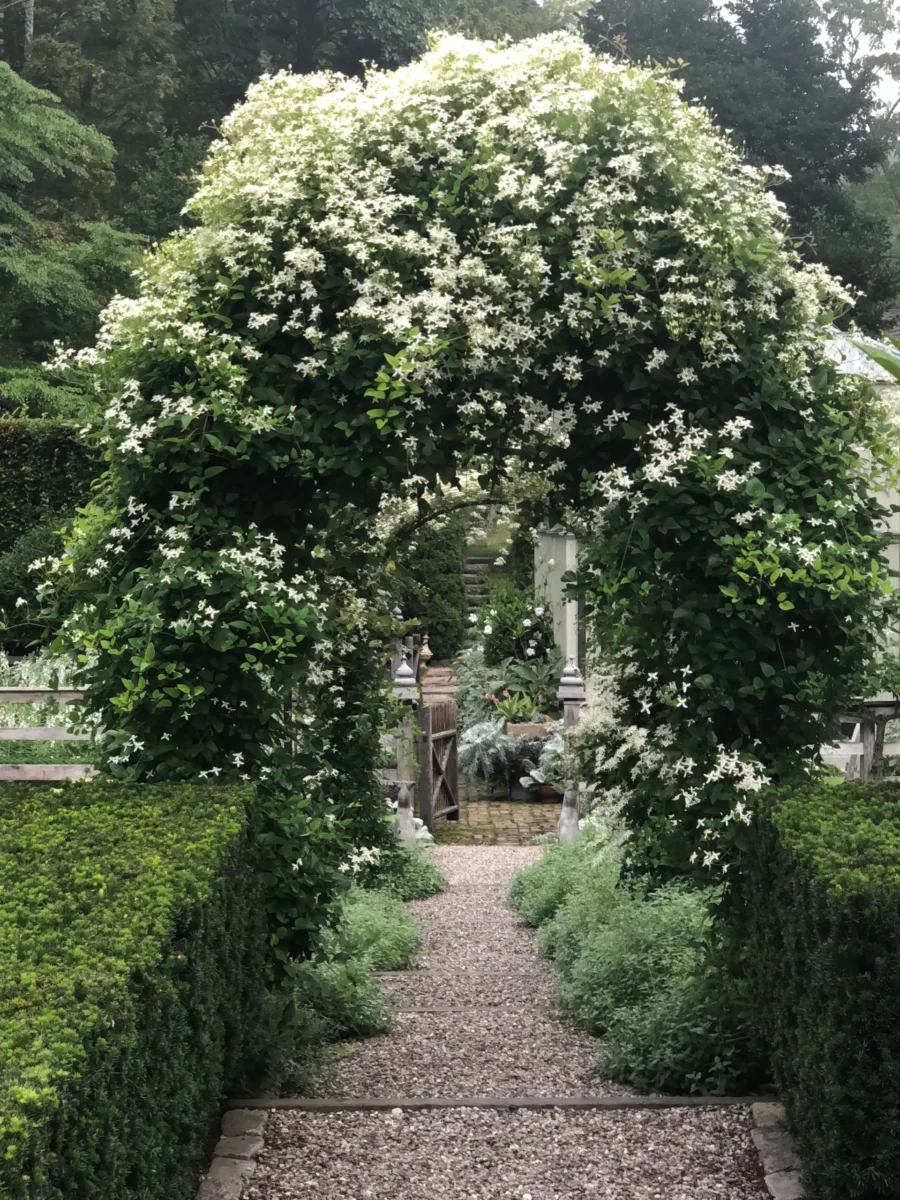Family
Taxaceae
Description
Taxus baccata, commonly known as English yew, is a long-lived evergreen conifer historically revered for its dense, dark foliage and suitability for topiary and hedging. Its flexible wood and slow growth rate make it particularly amenable to shaping, and its tolerance of shade, drought, and repeated pruning has ensured its widespread use in formal gardens and cemeteries throughout Europe. While the red, fleshy arils are eaten by birds, most parts of the plant are highly toxic to humans and livestock due to alkaloids like taxine.
Native to Europe, western Asia, and northern Africa, English yew is typically found in temperate forests. limestone woodlands, and rocky slopes, sometimes forming dense stands under canopy gaps. In cultivation, it prefers well-drained soils and will adapt to both sun and shade, although growth is slower in deep shade.
Bloom Time
March to April

